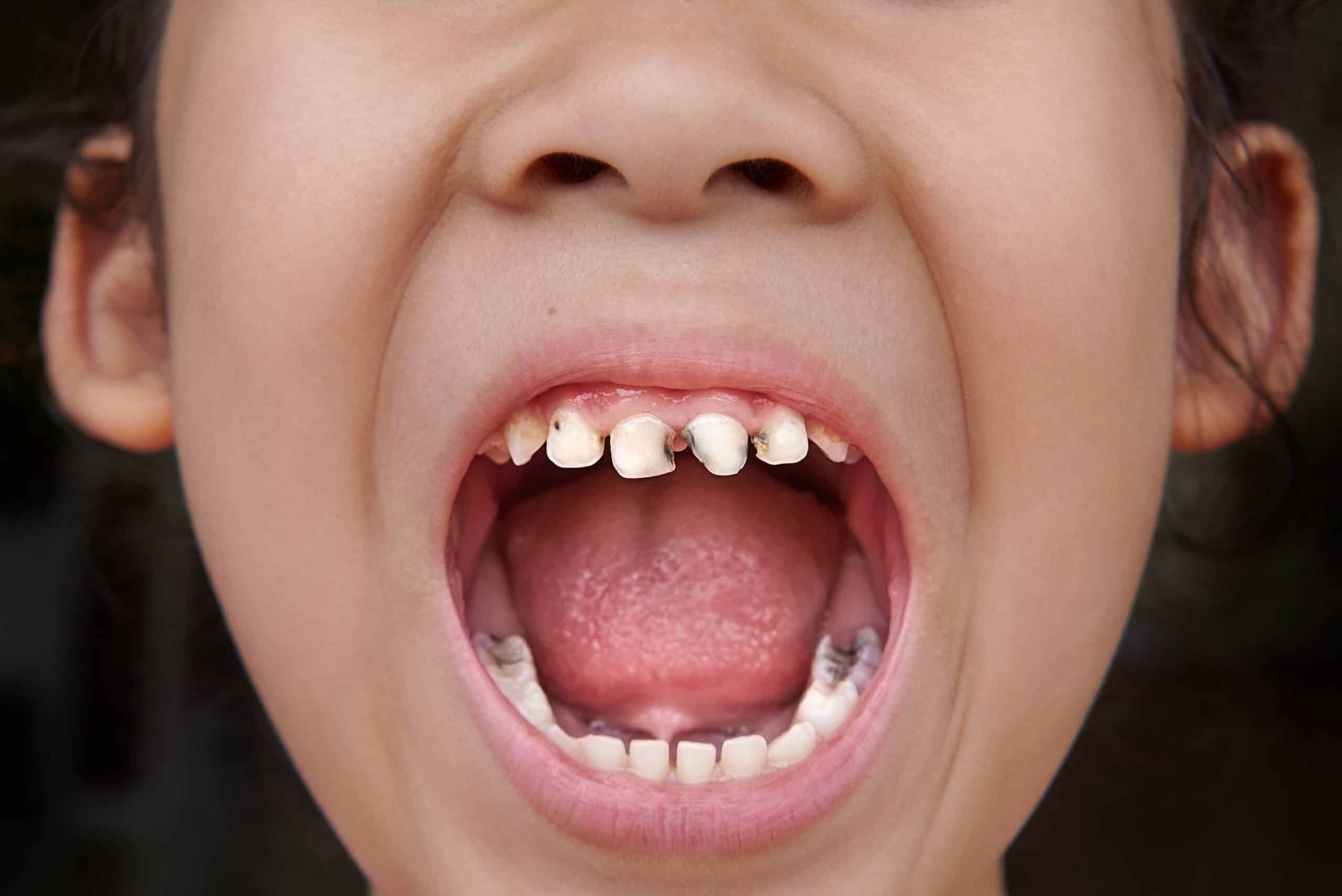Can You Heal a Cavity Without Going to the Doctor? Causes, Remedies & Real Solutions
Tooth decay is a slow process, but it can creep up fast if you’re not careful.
Many people ask, “How to remove cavity from teeth at home?” or “Can I fix a cavity without seeing a dentist?” The honest answer: yes, if it’s caught very early. But once a real hole has formed in your tooth, only a dentist can repair it properly.
Let’s explore the causes of cavities, how to stop early decay naturally, and when professional care becomes essential.
What Causes Cavities in the First Place?
Cavities, or dental caries, happen when bacteria in your mouth feed on sugars and starches, creating acid. That acid slowly breaks down tooth enamel.
Common causes include:
● Poor brushing or flossing habits
● Frequent snacking on sweets or carbs
● Dry mouth (low saliva production)
● Not using fluoride toothpaste
● Acidic drinks like soda or juice
Without strong enamel, your teeth are left unprotected. But the good news? You can strengthen enamel before a cavity forms. This is key to how to avoid cavities naturally and effectively.

Can Early Cavities Be Reversed?
If your tooth is only starting to demineralize, you might not need a filling, yet. At this early stage, you can help repair enamel with good habits and smart products. This approach is considered a non-invasive cavity treatment for very early stages.
Once a cavity has formed (you see a hole or feel pain), a dentist is your only option.
Fluoride: Your First Line of Defense
Fluoride is one of the best tools for stopping cavities early. It protects your teeth in two powerful ways:
● It stops enamel from breaking down
● It helps rebuild weakened enamel
In April–May 2025, the American Dental Association (ADA) released statements reaffirming the safety and long-proven effectiveness of fluoride toothpaste, rinses, and water fluoridation for preventing tooth decay treatment.
According to Dimensions of Dental Hygiene (Jan 2025), fluoride is essential for cavity prevention at all stages. Higher fluoride toothpaste and rinses are especially helpful for those with a higher risk of decay.
In short: fluoride doesn’t just protect, it helps heal the earliest stages of decay.
Home Remedies That Help Support Your Teeth
1. Oil Pulling
This traditional practice involves swishing sesame or coconut oil in your mouth for 10–15 minutes. It may sound strange, but recent research supports it.
A 2025 study in Clinical Oral Investigations found that oil pulling with sesame oil significantly reduced plaque, more than rinsing with plain water. It’s not a cure, but it may help reduce harmful bacteria alongside brushing.
2. Chewing Sugar-Free Gum with Xylito
Gum with xylitol fights the main bacteria that causes cavities: Streptococcus mutans. It also increases saliva flow, which naturally protects enamel.
A 2025 review in the European Heart Journal confirmed that 5–6 grams of xylitol per day can significantly lower your cavity risk. Xylitol is safe, effective, and even backed by studies in the UAE dental communities.
So, chewing xylitol gum after meals is a simple, proven way to protect your teeth.
How to Get Rid of Cavity Pain at Home?
If you’re waiting to see a dentist, or you’re in the early stages, you can manage pain at home with these remedies:
● Rinse with warm salt water to reduce inflammation
● Take over-the-counter pain relievers
● Chew clove or apply clove oil, a natural numbing agent
● Avoid sugary or cold foods
This won’t remove the cavity, but it can ease discomfort.
Can Baking Soda Help Relieve Cavity Pain?
Yes, baking soda helps neutralize acids in your mouth. Mix it with water to make a gentle paste and apply it to the affected tooth. This may temporarily relieve cavity pain and help reduce bacteria, but it’s not a long-term fix.
When You Need to See a Dentist
Home care is great, but it has limits. If you notice any of the signs below, don’t wait:
● Visible holes or black spots
● Tooth sensitivity to sweets or temperature
● Pain when chewing
● Bad breath that doesn’t go away
● Swelling or pus near a tooth
Modern dentistry is far less scary than you might think. In fact, laser dentistry is making fillings more comfortable than ever.
According to an April 2025 study on laser use, tools like the Solea laser can often prepare a cavity with no drill and no anesthesia. Lasers also help fluoride penetrate better and can strengthen enamel during treatment.
Final Thoughts:
If it’s just a cavity beginning, early care may help. With fluoride, xylitol, baking soda, and oil pulling, you can often stop the damage from progressing.
But once decay becomes a true cavity, professional tooth decay treatment is necessary. Luckily, options like laser treatments, modern remineralization strategies, and expert guidance make visiting the dentist more comfortable than ever.
Be proactive, take care of your enamel, and act early. That’s the real secret to long-lasting oral health.
